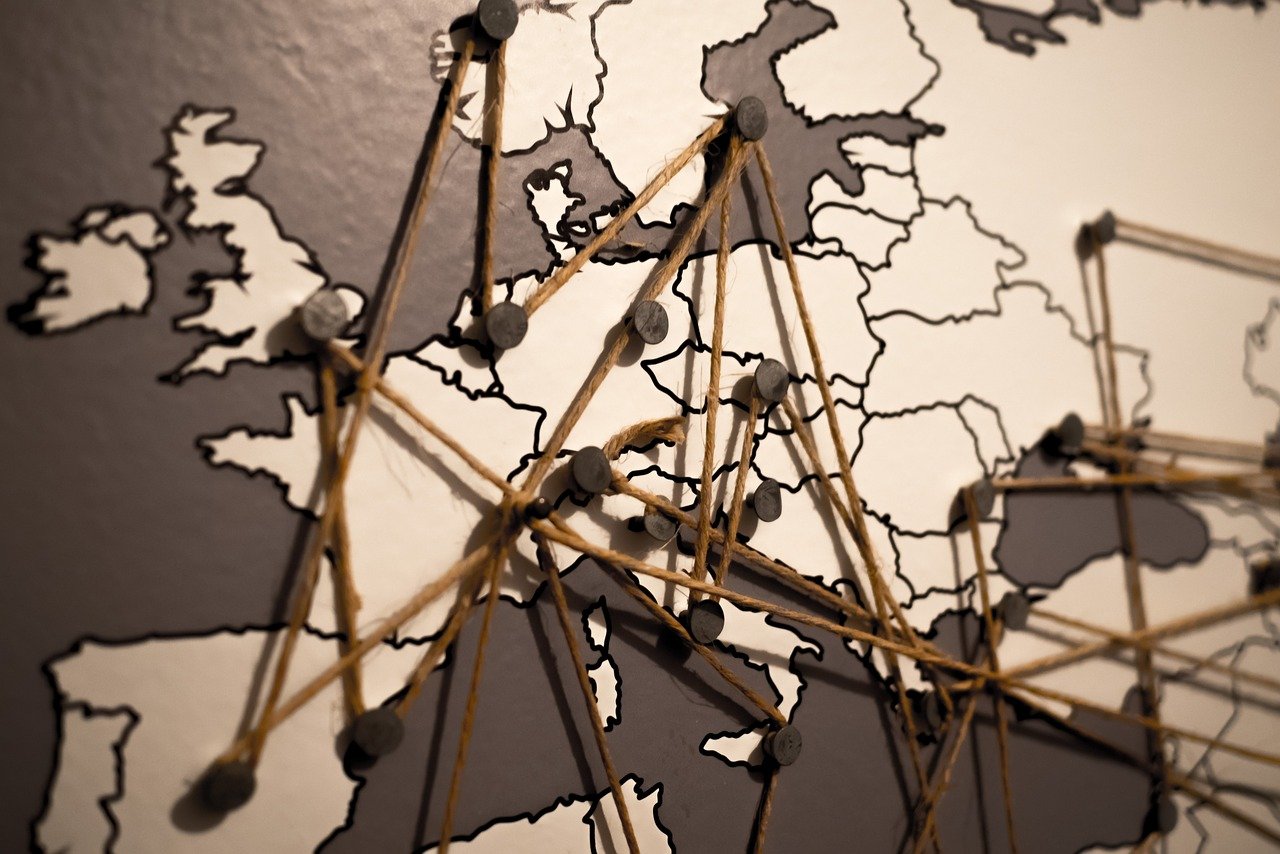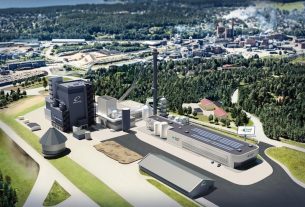Elering among the European Hydrogen Backbone (EHB) initiative has launched the vision for a dedicated hydrogen transport infrastructure across Europe.
The group proposes a hydrogen network of 39,700km by 2040, with further growth expected after 2040. This grid connects 21 European countries. The vision follows the EHB report published in July 2020. That report described a network of 23,000km covering ten countries.
Repurposed pipelines
Some 69% of the proposed hydrogen network consists of repurposed existing natural gas grids. The remaining 31% newly built pipelines are needed to connect new off-takers and are located in countries with small gas grids today, yet with high expected future hydrogen demand and supply.
Lower costs
The almost 40,000 km envisaged 2040 backbone requires an estimated total investment of €43-81 billion. The investment per kilometre of pipeline is lower compared to last year’s EHB report because the previous report only included cost estimates for pipelines with a diameter of 48 inch, while the present report takes into account that a large part of today’s natural gas infrastructure and of tomorrow’s hydrogen infrastructure consists of smaller pipelines. Smaller pipelines are cheaper to repurpose while leading to somewhat higher transport cost per kilometre. Transporting hydrogen over 1,000 km would on average cost €0.11-0.21 per kg of hydrogen, making the EHB a cost-effective option for long-distance hydrogen transportation.
Regulatory framework
The hydrogen infrastructure maps for 2030, 2035 and 2040 reflect the vision of 23 European gas TSOs, based on their analysis of how infrastructure could evolve to meet decarbonization targets. The final Backbone design and timeline depend on market conditions for hydrogen and natural gas and the creation of a stable, supportive and adaptive regulatory framework.
Transporting hydrogen across Europe
Since an energy deficit is forecast in Central Europe in the future, with a surplus forecast in Northern Europe and around the Baltic Sea region, the planned hydrogen network could function as a transit corridor in Estonia in order to transport major amounts of renewable energy. The energy would be transported from Finland via Estonia to Central Europe. A hydrogen network through Estonia could realize the majority of the potential of local wind and solar energy by offering the market participants an alternative market for selling their energy.




